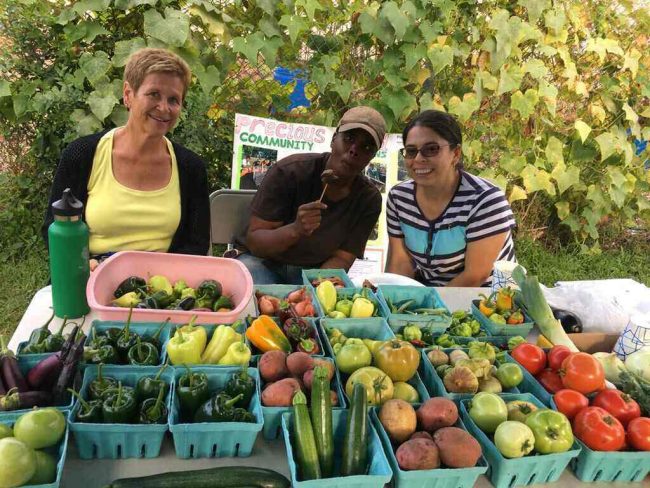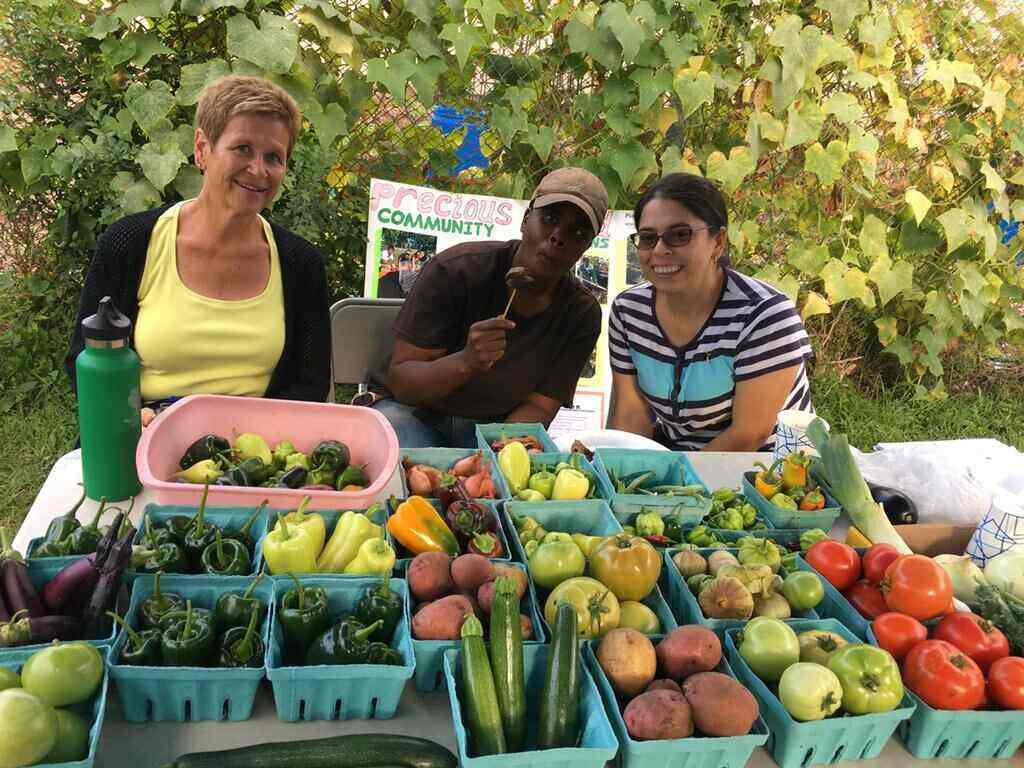|
Getting your Trinity Audio player ready...
|

It is no surprise a strong correlation between poverty and food accessibility exists, recorded as far as the mid-1990s and most likely further. However, the income of a neighborhood is not the only factor. Communities populated by Black or Hispanic citizens also determine the probability of grocery stores opening. In the wake of COVID, there is a reawakened conversation about the lack of access to fresh foods and food deserts.
What Is the Food Desert Issue?
The USDA reports that a food desert persists in an area where at least one-third of a given community’s population is more than half a mile away from the nearest supermarket or grocery center. The distance can measure up to 20 miles or more for rural communities. By this metric, an estimated 17.1 million people in the United States live in low-income and low-access areas to grocery store chains — arguably, to most, this is 17 million too many.
Low-income communities are more likely to be populated by fast-food vendors and small market chains (many family-owned). Convenience stores are more popular in these areas; with the wide options of junk food and ready-made slushies often stacked upon the nearest shelf, it is easy to choose the nearest corner store over an hour’s drive elsewhere.
The lack of stores that market a variety of organic and perishable foods have a common reason why they are nowhere to be found in many Black or Hispanic-filled communities — grocery stores are a business. This means there is an evaluated risk in everything they do, and poorer neighborhoods have a greater chance of low sales or theft.
For instance, when people hear that a neighborhood is becoming more gentrified, an increase in new buildings, previous empty lots are bought, and old street signs are replaced with traffic lights, restaurants, and chain stores come into town. Threats of high crime rates, whether real or not, are often shown more predominately in high-population neighborhoods, and for stores looking to increase profits, it would be bad business practice to relocate.
Mobile Farmers Markets Deliver Healthy Food

The COVID pandemic put a heavy weight on the shoulders of many Chicago residents. That is why mobile farmer markets have made an outstanding comeback.
One familiar face on Chicago’s South and West sides is the Fresh Moves Mobile Market. The shuttle bus is full of crated produce. Its prices and familiar faces keep residents coming back for more.
Timuel Jones-Bey, who works closely with the mobile market, interacts with every one of his customers. With his route spanning several locations in South Chicago, Englewood, Fuller Park, and more — each stop lasts over an hour at a time — Jones-Bey tries to remember each face.
Even customers who arrive past closing time still manage to leave with a bag bursting with lettuce, bread, or fresh fruit.
In his line of work, Jones-Bey recognizes that in each case, it is best to know their needs, “Some people have blood pressure issues, diabetes, stuff like that. So knowing that ahead of time, when they come when we’re closed, we’re still trying to help them and service them with what they need.”
Fresh Moves Mobile Market sells produce at a significantly lower price than most big named grocery stores. For example, small produce like avocadoes and tomatoes sell for nearly 30 cents instead of a store’s more typical $3 price.
Selling a variety of groceries in a mobile fashion like this, while not commonly thought of, meets the needs of over 3,000 customers a week. But it is only a bandage over a deeper issue of food security that can not be fixed without serious government action.
Why Not Go to the Convenience Store Instead?
While it is not necessarily healthy, many convenience stores can suffice for the average person’s needs.
Dr. Natalja Czarnecki, Global Studies and Anthropology Postdoctoral Teaching Fellow at the University of Chicago, suggests that understanding the terms behind food deserts needs to be recontextualized. “It’s the consumer who bears the burden of making the right choice constantly,” she states. She explains that understanding food in the context of food desserts relies on surface informational messaging rather than the more critical social-orientated motivations.
“The logic there that is that if they only knew that Trader Joe’s or Whole Foods has organic food or the farmer’s market has better food, then they would eat better.”
This logic excludes other means of food access and the consumer’s mentality towards food consumption. Many community organizations understand that big-name grocery stores aren’t the only way for families to look for ways to better their diet. But it certainly is the most helpful.
Take Chicago’s Woodlawn neighborhood, for example: When Jewel-Osco was introduced, it received a grand opening as a sign of renewal for residents after 50 years of needed community support and no full-service grocery stores.
Real-estate developer Leon Walker said the new Jewel served more than to give shoppers fresh over-the-counter deli, according to The Chicago Maroon. He spoke of the benefits to the community, such as the job openings helping struggling community members, drawing in additional investors, and reducing government needs in the area.
Food shelters, community gardens, and mobile food trucks are usually unaccounted for resources for fulfilling residents’ dietary needs for the young, old, and medically needy. Hyde Park, North Lawndale, and many Southside neighborhoods with similar needs are lucky enough to have programs that fund community gardens as well as food trucks with crates of fresh produce.
Written by Brielle R. Buford
Sources:
Chicago Sun-Times: Mobile farmers market sees skyrocketing demand due to food insecurity, rising grocery prices; by Mariah Rush
The Chicago Maroon: Reexamining “Food Deserts” in Chicago’s South Side; by Olivia Chilkoti
RE Journals: New Jewels ends 50-year food desert for Chicago’s Woodlawn neighborhood
John Hopkins Magazine: Research shows food deserts more abundant in minority neighborhoods; by Kelly Brooks
Featured and Top Image Courtesy of Roger’s Flickr Page – Creative Commons License
Inset Image Courtesy of Roger’s Flickr Page – Creative Commons License



